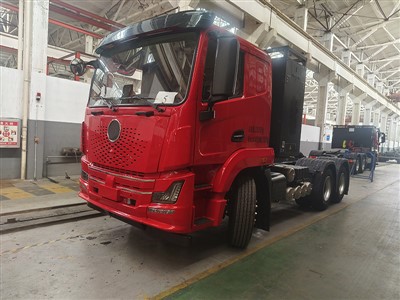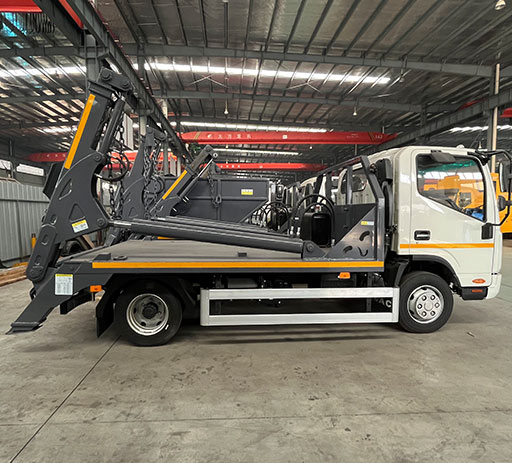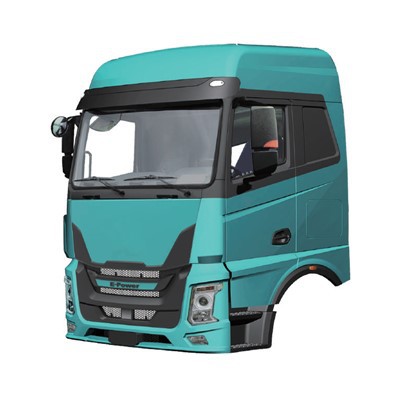Understanding Fire Truck Tanks: A Comprehensive Guide
Introduction
Fire truck tanks play a crucial role in firefighting operations, storing and supplying the water necessary to extinguish fires effectively. This article delves into the various aspects of fire truck tanks, including their types, components, maintenance, and innovations in technology. Additionally, practical tips and examples will help readers understand the significance and functionality of fire truck tanks in emergency situations.
Types of Fire Truck Tanks
1. Portable Tanks
Portable tanks are collapsible storage units designed to easily transport water. They are ideal for rural firefighting operations where hydrants may be scarce.
Advantages
- Easy to deploy and transport.
- Cost-effective for volunteer fire departments.
- Can be set up quickly at the fire scene.

Disadvantages
- Limited storage capacity compared to fixed tanks.
- Requires manual filling and emptying.
2. Integral Tanks
Integral tanks are built directly into the fire truck chassis. They offer a more permanent solution for water storage.
Advantages
- More reliable plumbing and tanking systems.
- Higher water capacity, allowing for longer operations.
Disadvantages

- Can increase the weight of the fire truck, affecting maneuverability.
- Costs are higher due to integration with the chassis.
Key Components of Fire Truck Tanks
3. Tank Materials
Fire truck tanks are constructed from various materials, primarily aluminum, fiberglass, and stainless steel.
Material Comparison Table
| Material | Advantages | Disadvantages |
|---|---|---|
| Aluminum | Lightweight, corrosion-resistant. | Can be more expensive than steel. |
| Fiberglass | Corrosion-resistant, customizable shapes. | Can crack over time if not properly maintained. |
| Stainless Steel | Longest lifespan, well-suited for harsh environments. | Heavy and more expensive. |
4. Pump and Plumbing Systems
The plumbing system connects the tank to the pump and nozzle, ensuring efficient water flow during firefighting operations. Key components include:
- Valves: Control water flow from the tank.
- Pumps: Pressurize and deliver water to hoses.
- Hoses: Transport water to the fire scene.
Regular Maintenance Tips
- Inspect hoses for wear and tear monthly.
- Test pumps regularly to ensure functionality.
- Check valves for leaks and corrosion annually.
Capacity and Sizing of Fire Truck Tanks
5. Determining Water Capacity
The water capacity of fire truck tanks typically ranges from 500 to 3000 gallons, depending on the type of truck and its intended use.
Examples of Tank Sizes by Fire Truck Type
- Type 1 Engines: 500 to 750 gallons
- Type 3 Engines: 1000 to 1500 gallons
- Water Tenders: 1500 to 3000 gallons
6. Calculating the Right Size Tank
When determining the appropriate size for a fire truck tank, factors to consider include:
- Type of firefighting operations conducted.
- Water sources available in the jurisdiction.
- Distance from water sources to fire scenes.
Innovations in Fire Truck Tank Technology
7. Smart Water Management Systems
Recent advancements in technology have led to the development of smart water management systems that monitor tank levels and optimize resource distribution during emergencies.

Benefits of Smart Systems
- Real-time tracking of water levels.
- Automated alerts for low-water conditions.
- Improved resource planning for firefighting crews.
8. Firefighting Drones
The evolution of firefighting drones can also play a role in water delivery, especially in remote or hard-to-reach areas. Drones can support traditional tank systems by administering water or fire retardants.
Future Prospects
As technology progresses, integrating drones with fire truck tanks could enhance response time and operational efficiency.
Maintenance and Safety Protocols
9. Regular Inspections
To ensure optimal performance, fire truck tanks should undergo regular inspections. Schedule inspections based on the following:
- Daily checks for leaks and structural integrity.
- Monthly reviews of pump and plumbing systems.
- Annual comprehensive inspections by certified technicians.
10. Safety Practices
Safety is paramount when operating fire truck tanks. Adhere to these practices:
- Always wear proper personal protective equipment (PPE).
- Train personnel on emergency protocols involving tank operation.
- Ensure access to emergency shut-off valves during operations.
Frequently Asked Questions (FAQ)
1. What is the average lifespan of a fire truck tank?
The lifespan can vary significantly based on materials and maintenance, typically ranging from 15 to 30 years.
2. How often should fire truck tank maintenance be performed?
Routine inspections should be conducted daily, with comprehensive maintenance checks scheduled at least annually.
3. Can fire truck tanks be retrofitted with modern technology?
Yes, many existing tanks can be upgraded with newer technology, such as smart monitoring systems and improved plumbing components.
4. What considerations are taken when designing a fire truck tank?
Design considerations include the intended use, water sources, truck dimensions, local regulations, and compliance with fire safety standards.
5. Are there regulations regarding fire truck tank sizes?
Yes, regulations can vary by state and country, often enforced through local fire codes and standards that define minimum capacity requirements.
6. How do portable tanks compare to integral tanks in firefighting operations?
Portable tanks are easily transportable and set up quickly, making them ideal for rural areas, while integral tanks offer more storage and reliability but can increase vehicle weight.
